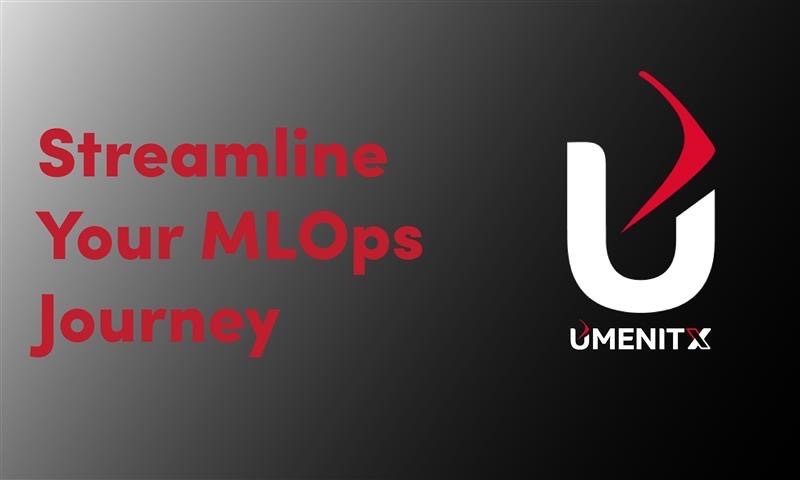Introduction
In the dynamic landscape of modern software development, the traditional manual approach to managing and deploying infrastructure has become a bottleneck. Enter Infrastructure as Code (IaC), a transformative methodology that streamlines the provisioning and management of infrastructure through code-based automation. This article delves into the concept of IaC, its benefits, challenges, best practices, and its pivotal role in shaping the future of efficient software delivery.
Understanding Infrastructure as Code
Infrastructure as Code (IaC) is an approach that treats infrastructure provisioning, configuration, and management as software development tasks. It involves defining infrastructure components – such as servers, networks, databases, and more – in code scripts, typically using domain-specific languages (DSLs) or configuration management tools. This code can then be versioned, tested, and deployed alongside the application code, ensuring consistency and repeatability across development, testing, and production environments.
Benefits of IaC
- Consistency and Reproducibility: Traditional manual provisioning often leads to inconsistencies across different environments. IaC ensures that the same infrastructure is replicated across various stages, reducing the chances of configuration drift and errors.
- Efficiency and Speed: IaC automates the provisioning process, eliminating the need for time-consuming manual setups. This leads to quicker deployment cycles and more efficient use of development resources.
- Scalability: As applications grow, IaC simplifies the process of scaling infrastructure resources up or down. It allows developers to define scaling rules and automatically apply them as needed.
- Version Control and Collaboration: IaC code can be stored in version control systems, enabling teams to collaborate, review changes, and revert to previous states if needed.
- Documentation: The code-based approach of IaC serves as living documentation for the infrastructure. It’s easier to understand and maintain compared to traditional documentation that often lags behind actual changes.
- Disaster Recovery: With IaC, recreating an entire infrastructure in case of a disaster becomes much simpler. The code defines the entire setup, making recovery a consistent and predictable process.
Challenges and Best Practices
While IaC offers numerous benefits, there are challenges to consider:
- Learning Curve: Teams need to adapt to writing code for infrastructure, which may require new skills and training.
- Complexity: As infrastructure setups become more intricate, managing IaC code can become complex. Best practices involve breaking down code into manageable modules and applying design patterns.
- Testing: Just as application code is tested, IaC code should also undergo rigorous testing to ensure it functions as expected.
- Security: Ensuring that sensitive information (like API keys or passwords) is properly managed within IaC code is crucial. Secrets management tools can address this challenge.
- Provider Lock-In: If not designed thoughtfully, IaC scripts could tie the infrastructure closely to a specific cloud provider. To mitigate this, adhere to common standards and use abstraction layers.
The Future of IaC
As technology continues to advance, IaC is poised to play an even more significant role. The concept will likely evolve to encompass more complex setups, further blurring the lines between traditional development and infrastructure management. With the rise of serverless architectures and multi-cloud strategies, IaC will enable organizations to deploy, manage, and scale their infrastructure with unprecedented ease.
Conclusion
Infrastructure as Code represents a paradigm shift in the way we manage and deploy infrastructure. By embracing automation, version control, and collaboration in the infrastructure lifecycle, organizations can enhance their agility, reduce errors, and accelerate their software delivery pipelines. While challenges exist, the benefits of IaC make it an essential practice for modern development teams aiming to build and manage robust, scalable, and consistent infrastructure.




